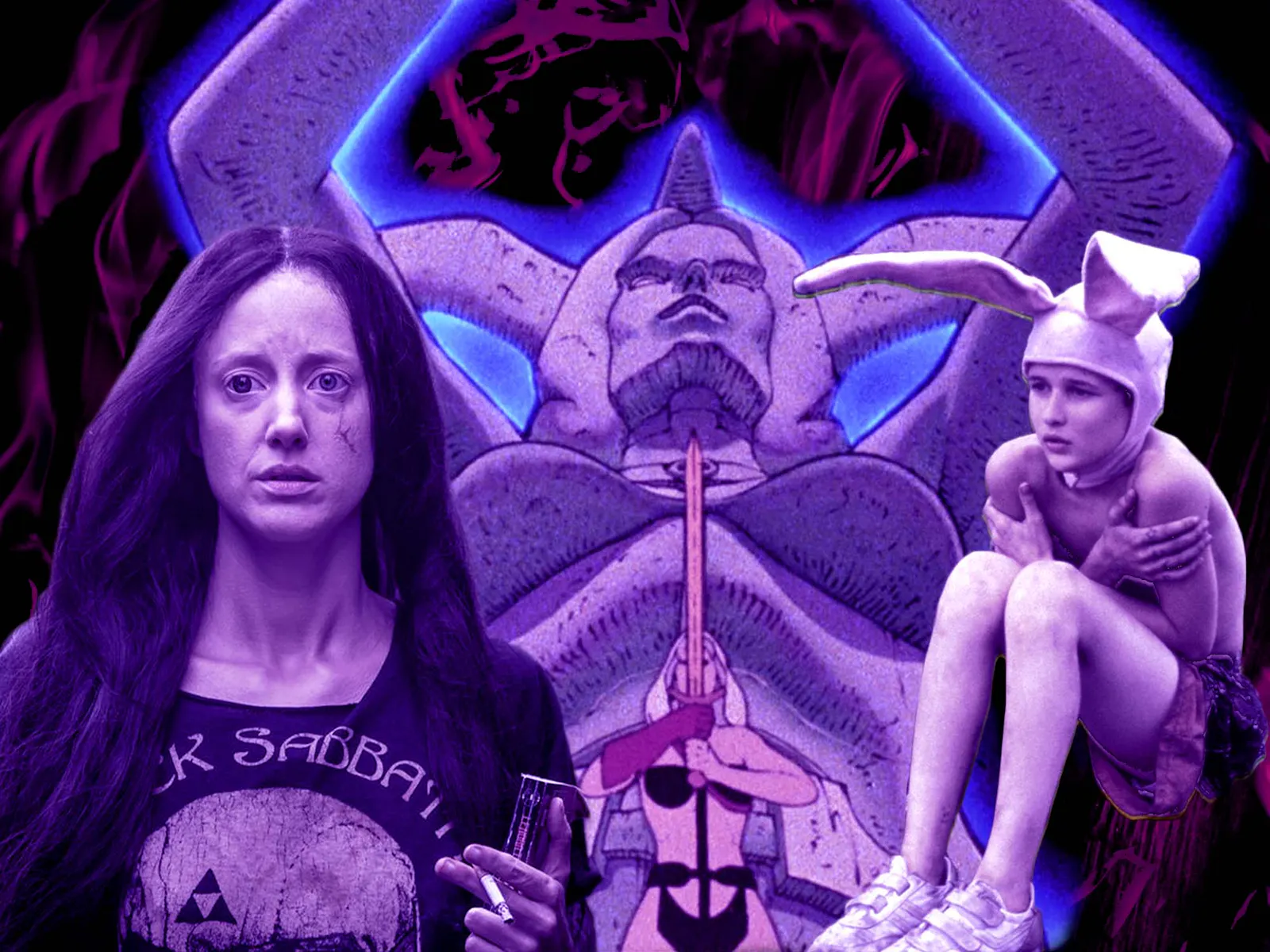The complicated legacy of heavy metal in cinema
Metal is often given short shrift at the movies, but a handful of great auteurs have used the genre and its subculture to brilliant effect.
An essay by Sarah Cleary

Unlike most forms of popular music, heavy metal has a definitive origin story that both fans and scholars can agree on: in the beginning, there was Black Sabbath. Of course, heavy rock had already started to harden in the back half of the 1960s (Cream, Hendrix, Iron Butterfly et al) but Sabbath’s formation in 1968 still stands as metal’s definitive creation myth – a brutal new form of rock ‘n’ roll forged in the fires of England’s industrial North. But there was a problem – they weren’t called Black Sabbath. Not yet anyway.
Initially the Birmingham fourpiece went by Earth – much too hippy-dippy. Stuck for a suitable replacement, inspiration would suddenly strike bassist Geezer Butler when he spotted people queuing for a revival screening of Mario Bava’s 1963 Black Sabbath across the road from a rehearsal room. This newly adopted moniker would push the group’s songwriting in a darker direction – “We wanted to create the vibe you get off horror films,” guitarist Tony Iommi would later say. From its very inception, heavy metal has owed a debt to cinema.
In the 1970s, metal was still in its primordial form, and what had already emerged was either too scandalous or too underground (or both) to be acknowledged in mainstream cinema. Dracula A.D. 1972 and Brian De Palma’s Phantom of the Paradise did both acknowledge an emerging association between rock music and “satanism”, but neither film had an especially heavy soundtrack.
To read this post you'll need to become a member. Members help us fund our work to ensure we can stick around long-term.
See our plans (Opens in a new window)
Already a member? Log in (Opens in a new window)


